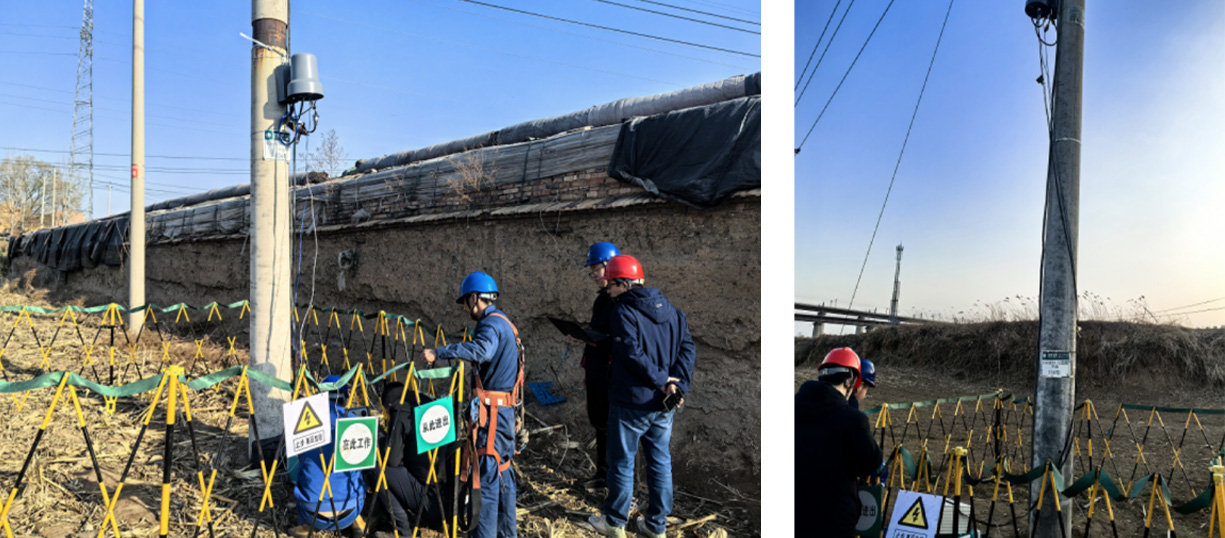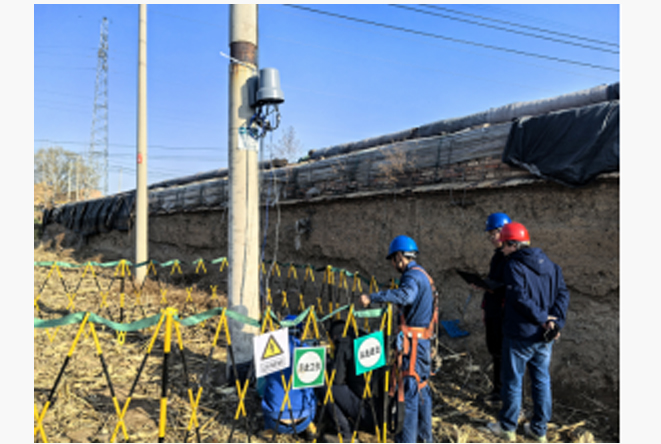The fault handling solution for "adaptive smart feeder automation" follows the principle of balancing "reliable power supply" and "rapid handling," further optimizing the fault handling strategy for local feeder automation. The solution does not rely on communication or the master station. It completes fault handling and self-healing recovery through local coordination of switches, with fewer switch actions and shorter outage times. It effectively enhances the distribution network's ability to cope with extreme weather conditions and disaster resistance, advancing the construction of a modern smart distribution network. Since the large-scale application of integrated primary and secondary circuit breakers, it has provided the equipment foundation for optimizing local FA. The switches have built-in zero-sequence voltage and zero-sequence current, complete short-circuit and ground fault protection functions, and fast opening and closing action capabilities.
Section switches do not open under loss of voltage, and fault detection accelerates protection opening during temporary power restoration.
For transient faults, section switches do not open, and the line switch recloses to restore full-line power supply quickly.
For permanent faults, when the line switch recloses, the section switch accelerates opening.
Three-level short-circuit protection and five-level grounding protection ensure reliable and rapid fault isolation.
Fault handling approaches include step-by-step reclosing isolation and local tripping isolation to adapt to different scenarios
Step-by-step reclosing isolation
Advantage: Effectively reduces outage time and switch operation count, suitable for multi-section lines, and operational mode adjustment requires no configuration changes.
Issue: The switch operation process remains complex, adding one short-circuit impact.
Local tripping isolation
Advantage: Feeder switch completes fault handling with one reclosing, minimizing outage time and switch operations.
Issue: Section switches require precise delay configuration, support is limited to typically three sections, and operational mode adjustment requires configuration changes.

